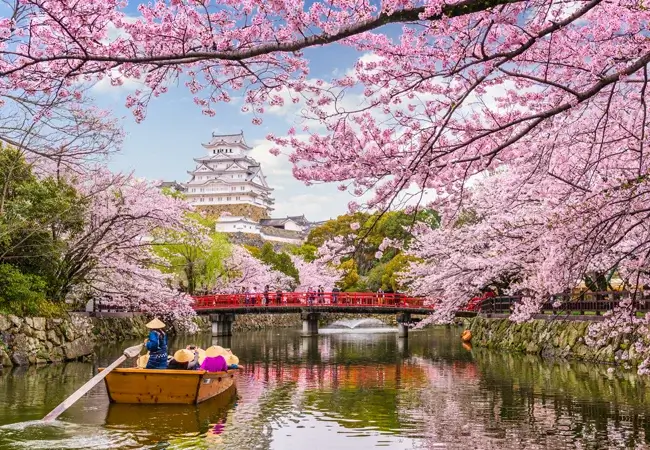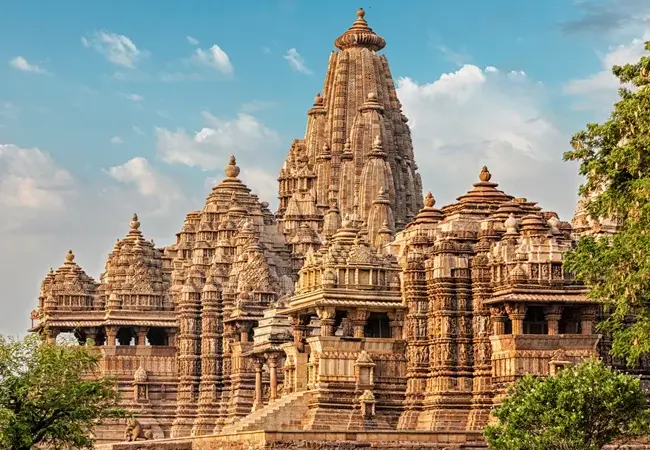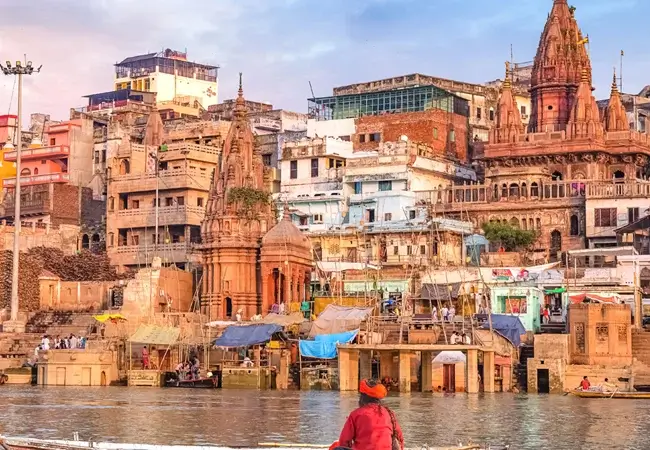It is a northeastern state having the Tibet Autonomous Region of China in the north as the border. Besides, Bhutan lies in its east, Nepal in the west, and lastly West Bengal in the south. Sikkim holds the record of being the least populous and second smallest state in the country. It has a significant position among the Indian states due to its rich biodiversity that includes alpine as well as subtropical climates. Also, it is known to host Kangchenjunga (the highest peak in India) and the third highest in the World. Gangtok is the capital city of Sikkim which is also the largest city of the state. It is to be noted that almost 35% of the state is covered by Khangchendzonga National Park which has been declared a UNESCO World Heritage Site.
It is a multiethnic and multilingual Indian state with 4 official languages (English, Nepali, Sikkimese, and Lepcha). There are some additional languages also such as Gurung, Limbu, Magar, Mukhia, Newari, Sherpa, and Tamang. These languages have received the status of official language so that the people of Sikkim can preserve the culture and tradition of the state. Hinduism, as well as Vajrayana Buddhism, are the predominant religions followed by people here.
The word “Gangtok” means “top of the snow” in the Nepali language. It is the capital city of Sikkim with the largest population of the entire state, occupying the eastern Himalayan range at an elevation of approximately 1,650 m. Here is a list of some of the amazing destinations of Gangtok that is compulsory for tourists to visit:
- Nathula Pass: It is a mountain pass located in the Dongkya Range of the Himalayas, between China’s Yadong Country in Tibet and Sikkim and West Bengal, South Asia. The pass, at an altitude of 4,310 m, connects Kalimpong town and Gangtok to the villages and towns of the lower Chumbi Valley. The name “Nathu La” has a traditional meaning and it means “the whistling pass”. Tourists can visit this place not only to witness its surreal and breathtaking natural beauty but also its historical importance.
- MG Marg: People mainly visit this road because of the presence of the Statue of Unity which promotes peace, love, and harmony. The entire area is smoke-free, litter-free as well as devoid of any sort of vehicle (pedestrian-only zone). This place hosts Gangtok Annual Food and Culture Festival in December every year. Various cultural shows and ethnic dance performances take place in this festival that the tourists cannot miss.

- Baba Harbhajan Singh Memorial Temple: This temple was constructed in memory of Honorary Captain Baba Harbhajan Singh who was an Indian army soldier, serving the nation from June 30, 1965. Moreover, he was also posthumously awarded Mahavir Chakra (India’s second-highest gallantry award). In the year 1968, Singh was martyred near the Nathu La in eastern Sikkim.
- Banjhakri Water Falls and Energy Park: Banjhakri Water Falls and Energy Park is one of the major tourist attractions of Sikkim. Tourists who are deep admirers of nature cannot afford to miss this place full of natural beauty that can be an absolute treat to the eyes.
It is also called Changgu Lake and is located at a distance of approximately 40 km from the capital city of Sikkim. Due to its high elevation (3,753 m), this lake remains frozen during the winter season. Tsomgo Lake has attained popularity because of its surface which reflects different colors with the change of season.
Since this Lake is situated in a restricted area, it is essential for tourists to obtain a permit to visit this location. For tourists outside India, a special permit needs to be created.

Another hill station of Sikkim is Lachung which occupies the North Sikkim district, near the Tibetan border. Since this town is at a very high elevation, it remains covered with snow during the winter season mostly. Lachung is also considered to be the base camp for Rhododendron Valley Trek which usually starts from Yumthang Valley and terminates at Lachen Valley. Moreover, this town also holds the title of being “the most picturesque village of Sikkim”.

Also known as Sikkim Valley of Flowers, the Yumthang Valley is a sanctuary with hot springs, rivers, and yaks surrounded by the Himalayan mountains in the North Sikkim district. People call it the “Valley of Flowers” which also comprises Shingba Rhododendron Sanctuary (twenty-four species of the state flower Rhododendron are present). The flowering season starts from late February to mid-June and creates a breathtaking view. A tributary of the river Teesta flows through the heart of Yumthang Valley. Tourists who want to visit this valley must not book their tickets for Sikkim from December to March because, during this time, the valley remains closed due to heavy snowfall. Besides rhododendrons, other floral species glorify this valley such as primulas, poppies, and iris.

It is a small town of Sikkim less explored and still undiscovered but is extremely charming and ideal for a laid-back vacation. Moreover, it is also considered to be the gateway of Mt. Kangchendzongha that people can explore. Thus, the tourists are highly advised to request their travel agents to add this town to the tour package.

It is a small temple located at a distance of 7 km from Gangtok at an elevation of approximately 6500 m. The most interesting fact about this temple is that it can allow the entry of only one person at a time and the person needs to crawl to reach there. From Ganesh Tok, a tourist can have a panoramic view of the entire town of Gangtok.

The cuisine of Sikkim is a perfect blend of Tibetan and Nepali dishes which comes from various ethnic tribes as well as communities of Sikkim. The people of this place are largely dependent on rice, culinary vegetables from jungle such as fern, wild lily, bamboo shoot, mushrooms etc. Besides, you can also find non-vegetarian dishes that are prepared using fresh as well as processed meats of mutton, pork, beef, chicken and fish. Some of the locally fermented beverages include Arra (home-made whiskey) and Chaang/ Tongba (Fermented Millet).
Sikkim Tourism has advised visiting Sikkim from March and May to October and Mid-December because it is the best time with comparatively pleasant weather to witness the mesmerizing beauty. The autumn season brings on the clearest view of the Himalayan range and thus, tourists can visit this place during autumn. However, tourists are not advised to visit Sikkim during the monsoon due to heavy rainfall.














